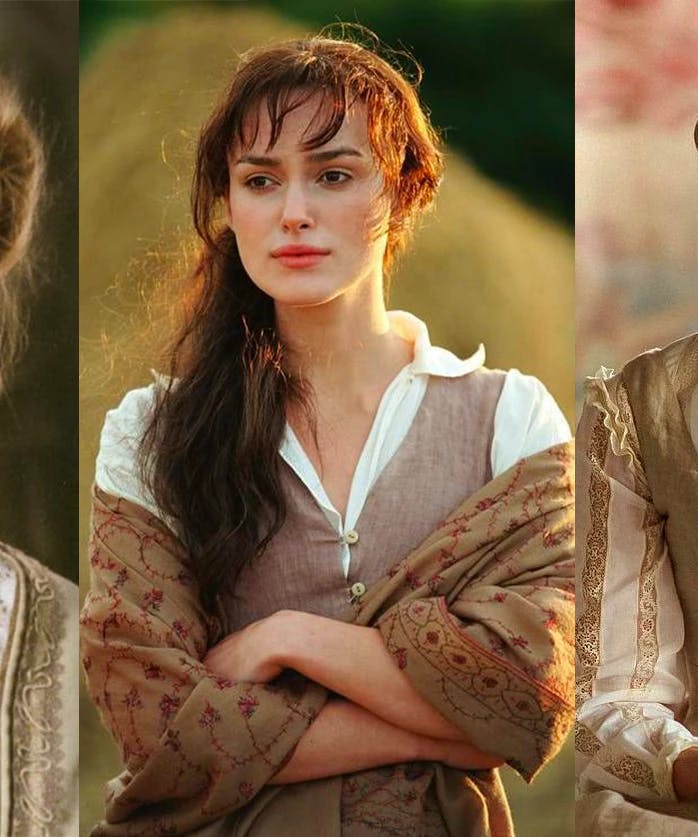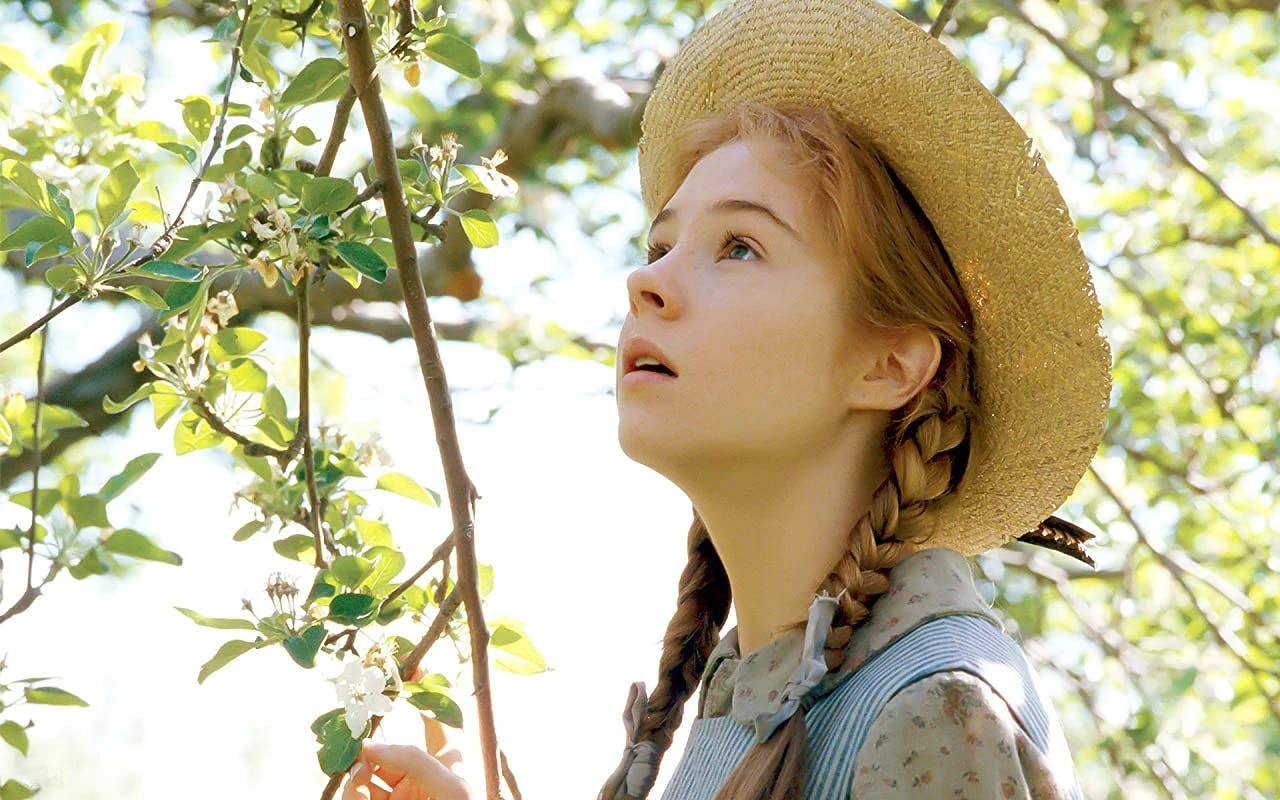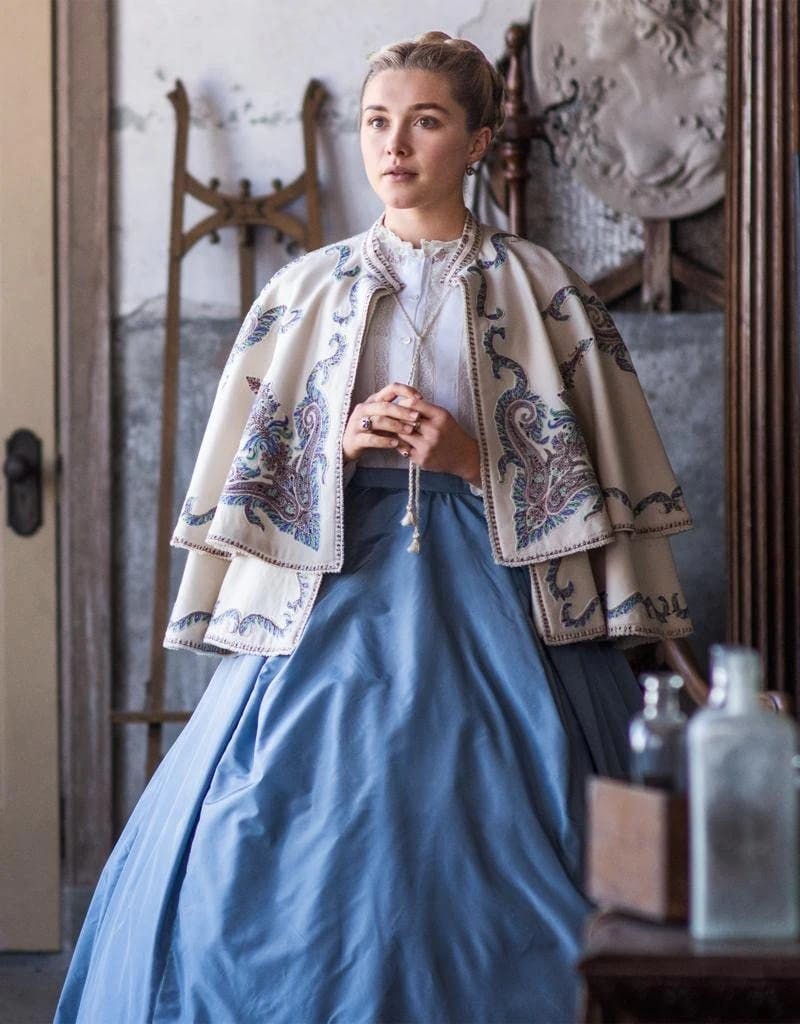4 Ladies From Classic Literature For Modern Women To Look Up To
In today’s entertainment culture, strong female characters on the page and screen are often depicted as subversive, edgy, and unapologetic. Many of them move through the world – guns blazing and tempers aflare – without concern for repercussion. But, is this reflective of reality?

Do the admirable women we encounter in our daily lives find themselves in winning situations by leading with untempered aggression, outsized ego, and an absence of virtue? Rather than seeking role models in characters who are crafted in response to an ephemeral trend, perhaps we should look to those who have withstood the test of time — the heroines of the literary classics.
A Decrease in the Cultural Consciousness of Virtue
Nearly a decade ago, The Atlantic reported the findings of a study that analyzed the frequency of words “related to moral excellence and virtue” in American books from 1901 to 2000. Words like courage, honesty, wisdom, grace, and sacrifice populated a longer list. The researchers posited that this analysis was a way to study a culture’s consciousness: in a feedback loop, “people make cultural products and the cultural products make people.” Finding a significant decrease in words related to virtue, they noted that “a moral confusion would be an unsurprising consequence of this downward trend.”
In our modern age, when there are innumerable conflicting voices proclaiming to know how we can live our best lives, it seems that the once-hypothesized confusion has become our current reality. Perhaps, if we tune out the noise and cozy up with the classics, which shaped a cultural foundation of a common good, we might find some answers. When we look at these stories through this lens, and at the experiences of the heroines at their centers, their evolution and ultimate redemption is found in the triumph of virtue over vice.
Vice or Virtue
We often associate vice with excess, but isn’t a deficiency of virtue a form of vice as well? Just as self-confidence can overextend into boastfulness, humility must not be mistaken for self-degradation. As an overindulgence in the virtue of wit can become the vice of buffoonery, so can the absence of it become the vice of dullness. (Just read any scene involving the stodgy Mr. Collins in Pride and Prejudice. Jane Austen doesn’t suffer passionless fools, and two centuries later her burns are still so savage!)

No Wallflowers Here
While talk of virtuous rules may sound outdated in an age when it often feels like the only standard is that there isn’t one, reading the classics proves the opposite. A woman who aspires to a set of virtues that are universally good is not simple or unoriginal. Rather, the pursuit of virtue is precisely what makes her interesting.
A woman who aspires to a set of virtues that are universally good is not simple or unoriginal.
As noted by the BBC, “One reason the Brontë heroines have stood the test of time is because they are such fun to argue about. They can’t be pinned down. They are dazzlingly complex. They are messy, flawed, and difficult, and all the better for it.”
Spending time with the classics allows us to meet female characters who are in several respects more complex than many being written today, and stepping into their stories allows us to explore the emotional intricacies within our own lives. When untangling what makes these heroines so persistently compelling, let’s turn to the foundational merits with which they wrestled. The cardinal virtues, derived initially from Plato’s Republic, consist of Prudence, Justice, Fortitude, and Temperance.
Prudence: Elizabeth Bennet

The Ancient Greeks, and later Christian philosophers — St. Thomas Aquinas chief among them — considered prudence to be the mother of all virtues. Modern English increasingly conflates this virtue with cautiousness, but this leads to the misunderstanding that exercising prudence means avoiding all risk, even to the point of cowardice. Rather, the prudent woman exercises discernment; she doesn’t proclaim to know the perfect answer, but she lights the way.
The prudent woman exercises discernment.
Pride and Prejudice’s Elizabeth Bennet, arguably Jane Austen’s most beloved heroine, learns the value of prudence when the true natures of Mr. Wickham and Mr. Darcy are revealed. Allowing herself to be blinded by the smooth-talking charms of Mr. Wickham (we’ve all been there, haven’t we, ladies?) and haughtily offended by the lack of attention from the more even-keeled Mr. Darcy (there, too), Elizabeth reckons with the fallout of her own lack of prudence and takes ownership of her mistake.
“How humiliating is this discovery! Yet, how just a humiliation,” she says. “Pleased with the preference of one, and offended by the neglect of the other…I have courted prepossession and ignorance, and driven reason away, where either were concerned. Till this moment I never knew myself.”
Justice: Scout Finch

While prudence calls us to discern our own actions, the virtue of justice calls us to further question how our actions could affect others and what is due to others, to bear witness to injustices in the world and to stand up for fairness and equality. We may call to mind the allegorical image of Lady Justice, blindfolded and holding a sword and scale: an impartial judge weighing the strengths of a case’s support and opposition. We may also witness a case through the eyes of a girl, not yet 10-years-old, named Scout Finch, as she learns the profound truth that when unfairness and empathy meet, the pursuit of justice must follow.
In Harper Lee’s To Kill a Mockingbird, young Scout — inspired by the example of her father Atticus, who defends the innocent Tom Robinson in an unfair trial fueled by racism — learns that doing the right thing can sometimes mean breaking from the crowd. “Before I can live with other folks I’ve got to live with myself,” Atticus tells Scout. “The one thing that doesn’t abide by majority rule is a person’s conscience.”
Scout’s intentional empathy is the first vital step in the pursuit of justice.
Tragically, Scout’s first understanding of justice comes from witnessing the absence of it when the unfair trial delivers a guilty verdict to an innocent man, and eventually leads to his death. With a thirst for blood still unsatiated, Tom’s persecutor and the novel’s antagonist, Bob Ewell, vows revenge against the Robinson and Finch families for having defended the truth. When he eventually attacks Scout and her brother, it’s the town’s mysterious recluse, Boo Radley, who comes to their rescue, delivering justice where revenge sought to harm.
As Scout walks home with Boo Radley at the end of the novel, it’s with a stranger who has become a friend. Though he remains misunderstood by most in their small town, Scout has learned how to break from the mob rule — to view things from another person’s perspective — and thus, treats Boo with kindness and dignity. While smaller in scale than Atticus’ defense of Tom Robinson, Scout’s intentional empathy is the first vital step in the pursuit of justice, and her ability to look outside of herself can inspire us in our own lives. This recognition of the other’s inherent human dignity — when practiced day in and day out — is how a woman of justice knows when she is called to stand and take action.
Fortitude: Anne Shirley

While heroines of the classics offer examples of discernment, they also balance judgment with courage. One of the greatest embodiments of the virtue of fortitude is L.M. Montgomery’s plucky heroine, Anne Shirley. Anne of Green Gables presents a character whose rich imagination and optimistic, ingratiating spirit make up for her lack of social graces. She acts on her instincts, which are often out of line with what others consider appropriate, but this is precisely what endears readers to her.
Anne is defined by her hopefulness, rather than her suffering.
Despite the tragedy of her impoverished childhood as an orphan, Anne is defined by her hopefulness, rather than her suffering. Her innate imaginativeness meets her intentional optimism, ensuring that her contentment rests not in circumstance, but in her own will. “It’s been my experience,” Anne says, “that you can nearly always enjoy things if you make up your mind firmly that you will.”
Fortitude entails both endurance (the ability to persist despite discouragement) and enterprise (the ability to see a need and bear the responsibility of fulfilling it for the good of others). Just as Anne’s lively optimism allows her to endure — surpassing her tragic beginnings to find academic success, as well as fulfilling relationships — her enterprise ultimately draws her back to Green Gables to care for her loved ones in need.
Temperance: Amy March

As the prudent woman is discerning, the just woman is fair, and the woman of fortitude perseveres, so the temperate woman values moderation and discretion for her ultimate good.
Many readers who first turned the pages of Little Women at a young age may recall disliking Amy, her youthful selfishness and vanity positioning her as a foil to the more central protagonist, the outspoken and passionate Jo March. But, the most recent film adaptation brings Amy into the foreground, allowing us to bear witness to her maturation with more understanding than the book’s nuanced depiction may have initially spurred. It’s with age and experience that we learn our limits, so it’s unsurprising that we might have missed the temperance Amy learns when reading in our adolescent years.
It’s Amy’s desire for wealth above all else that she ultimately tempers.
Amy’s youthful jealousy fuels her most memorable scenes — burning Jo’s manuscript and falling through the ice when trying to tag-along on a skating venture — and serves as the catalyst for the emotional fissures in the relationship between the two sisters. But, when Amy reigns in her childish emotions, she’s able to supplant her naïve envy of Jo with affection for her sister.
While it’s easy to dismiss Amy’s initial desire to marry a rich man as evidence of her materialism, a closer look allows us to see that this is actually evidence of her practical desire for stability. It’s this desire for wealth above all else that Amy ultimately tempers in order to find her greatest good. Eventually realizing that stability rooted in true love matters more to her than luxury, Amy goes on to marry Theodore “Laurie” Laurence, the quintessential boy-next-door.
Classic Virtues Still Persist Today
These women are at the center of their own stories. A far cry from modern Hollywood’s depiction of many female heroines who rage against the metaphorical machine, the women in classic literature wage a more dignified and cerebral battle as they wrestle with existence itself. Though living in a time when women were not afforded the same freedoms as men in terms of work, ownership, or democracy, the heroines of classic literature aren’t content to be set-pieces in a larger narrative. Rather than rail against outside oppressive forces, they turn inward and seek virtue over vice, questioning how to more fully become the best versions of themselves, and thereby find their own fulfillment and ultimate redemption.
The mission to embody gentleness, empathy, humility, and sensitivity is an active one.
Make no mistake, the feminine traits of gentleness, empathy, humility, and sensitivity are not passive. The mission to embody these qualities is an active one. The classic heroines show us that we don’t have to sacrifice our femininity to assert our strength. Eager to greet the world, they pine for adventure, for education, for love — and they act with compassion, allowing their innate desires to nurture others to enrich their own journeys of self-discovery.
Closing Thoughts
The heroines of these tales remind us that our character is created by our choices. Thus, to read the classics with a thoughtful eye is to accept their invitations to be more than we are. This aspiration — in any age — is a worthy pursuit.